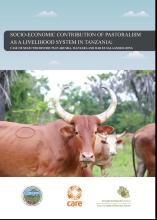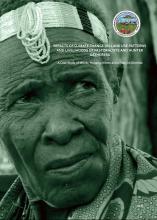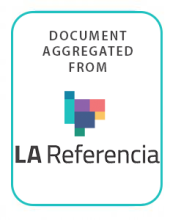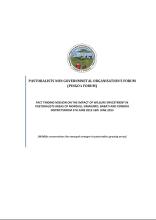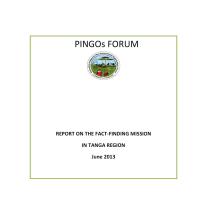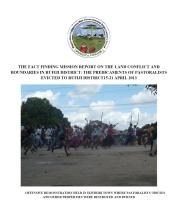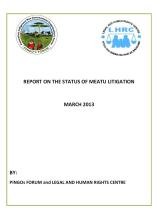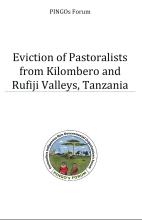Land Library Search
Through our robust search engine, you can search for any item of the over 73,000 highly curated resources in the Land Library.
If you would like to find an overview of what is possible, feel free to peruse the Search Guide.
/ library resources
Showing items 1 through 9 of 25.Tanzania is endowed with numerous resources including livestock. It is number three country in Africa in terms of livestock population after Ethiopia and Sudan.
Over the years, PINGOs Forum has been concerned with the future of Pastoral and HunterGatherer communities with regard to changing patterns of traditional land use and livelihoods options.
This article argues that there is a transformation in the relationship between land, peasant communities and its members or comuneros.
This fact finding is the fulfilment of PINGO’s Forum daily activities for inquiring the challenges facing pastoralists communities. In this fact finding, we will look at the impact of wildlife conservations in pastoralists areas.
This is a report of a fact-finding mission which took place in Tanga Region in June 2013. It aims to map the situation of pastoralists and the challenges they face in three districts of Tanga Region namely Handeni, Korogwe and Pangani.
This fact finding mission had been organised to investigate the challenges facing pastoralists in Rufiji District, the challenges which have been defined as the source of conflict in this district.
According to the research and follow ups made by Pingo’s Forum and LHRC indicated that, most victims were not trespassers to the land as contented by the Government.
This report springs from series of field visits.Its aim was, among others, to examine further the extent of human rights violations suffered by pastoralists in Kilombero and Rufiji valley during the evictions.
El artículo analiza y sistematiza algunos aspectos de doctrina judicial relativos a los criterios para determinar la relación que existe entre el derecho al agua y saneamiento como derecho humano, los principios y reglas propios que distinguen la prestación de este tipo de servicios públicos, y l

